Have you ever wondered how long it takes for a dog to decompose? As disturbing as it may sound, understanding the process of decomposition in animals can provide valuable information for forensic experts, archaeologists, and even pet owners. In this article, we will explore the factors that influence the decomposition timeline for dogs and shed light on this intriguing topic. So, if you’re curious to learn more about what happens to a dog’s body after death, keep reading!

Factors Influencing Decomposition Timing
When it comes to the process of decomposition in dogs, several factors come into play that can influence the timing. Understanding these factors is essential in determining how long it may take for a dog’s body to decompose. Three key factors that significantly impact decomposition timing include the size of the dog, weather conditions and temperature, and the burial method and depth.
Size of the Dog
The size of the dog plays a crucial role in determining the timeline for decomposition. Smaller dogs tend to decompose at a faster rate compared to larger dogs. This is primarily because larger dogs have more mass, which means there is more tissue for bacteria and other organisms to break down. Therefore, it generally takes longer for a large dog to fully decompose compared to a smaller one.
Weather Conditions and Temperature
Weather conditions and temperature also have a significant impact on the decomposition timeline. Warmer temperatures generally accelerate the decomposition process, while cooler temperatures slow it down. Additionally, extreme weather conditions such as heavy rain or intense heat can affect the rate at which decomposition occurs. These factors need to be taken into account when estimating how long it may take for a dog’s body to decompose.
Burial Method and Depth
The burial method and depth also play a crucial role in determining the decomposition timeline. Dogs that are buried in shallow graves tend to decompose at a faster rate compared to those buried in deeper graves. Shallow burial allows for easier access to decomposing organisms, such as bacteria and insects, which accelerates the process. In contrast, deeper burial can slow down decomposition as it restricts the access of these organisms to the body.
Understanding the Decomposition Process
Before delving into the specific timelines for decomposition, it is essential to understand the different stages and processes involved in the decomposition of a dog’s body. The decomposition process is a complex series of events that can be divided into immediate changes after death, physical and chemical changes, and the biological contributions from various organisms.
Immediate Changes After Death
Immediately after death, the body undergoes a process called rigor mortis, where the muscles stiffen due to chemical reactions within the tissues. This typically lasts for a few hours to a couple of days. Shortly after rigor mortis, the body enters a stage known as bloat, where gases produced by bacteria accumulate in the abdominal and thoracic cavities, causing the body to swell.
Physical and Chemical Changes
As time goes on, physical and chemical changes occur in the body. These changes include the breakdown of tissues due to the action of enzymes and bacteria, resulting in the rotting smell associated with decomposition. The body’s color also changes as blood settles and dehydration occurs, leading to a mottled and discolored appearance.
Biological Contributions
Throughout the decomposition process, various organisms play a crucial role in breaking down the body. Bacteria, both internal and external, are responsible for the initial breakdown of tissues. Insects such as flies and beetles contribute by laying eggs on the body, which eventually hatch into larvae that feed on the decomposing flesh. These biological processes are essential in breaking down the body and returning nutrients to the environment.
Decomposition Timeline: Small Sized Dogs
Now that we have a basic understanding of the decomposition process, we can explore the specific timelines for decomposition based on the size of the dog. Small sized dogs, typically weighing under 20 pounds, tend to decompose at a relatively faster rate compared to larger dogs.
First Few Days
During the first few days after death, the body goes through the initial stages of decomposition. Rigor mortis sets in shortly after death, followed by bloat as gases accumulate within the body. The body may begin to show signs of discoloration, with a mottled appearance due to blood pooling. The strong odor associated with decomposition may also become noticeable during this stage.
One to Two Weeks
As the decomposition process progresses, the body continues to break down. Tissues start to liquefy and may become a brownish-black fluid known as putrefaction fluid. The abdomen may become sunken, and the skin may start to detach from the underlying tissues. Mummification, where the body dries out, may also occur in some cases.
Over a Month
After about a month, the body of a small sized dog would have significantly decomposed. Most of the softer tissues have liquefied or dried out, leaving behind bones and hair. Skeletal remains may be scattered due to animal scavenging or environmental factors. The rate of decomposition tends to slow down significantly during this stage.
Several Months to a Year
Beyond several months, the decomposed remains of a small sized dog may be mostly reduced to bones, hair, and other durable tissues. The process of decomposition is nearing completion, and only minimal amounts of soft tissue may remain. The length of time it takes for the complete decomposition of a small sized dog can vary depending on environmental factors such as temperature and humidity.
Decomposition Timeline: Medium Sized Dogs
For medium sized dogs, typically weighing between 20 and 50 pounds, the decomposition timeline may vary slightly compared to small sized dogs.
Initial Days Post Death
Similar to small sized dogs, the initial stages of decomposition for medium sized dogs involve rigor mortis, bloat, and the onset of discoloration and odor. These changes occur within the first few days after death.
One Week to a Month
During this stage, the body continues to decompose as tissues break down and putrefaction fluid accumulates. The abdomen may become sunken, and the skin may detach from underlying tissues. Skeletal remains may start to become more visible.
Over a Month
Beyond a month, the decomposition process for medium sized dogs progresses to a point where most of the softer tissues have liquefied or dried out. Skeletal remains become more prominent, with minimal amounts of soft tissue remaining.
Beyond One Year
The complete decomposition of a medium sized dog may take beyond one year. By this stage, the majority of the body would have decomposed, leaving behind bones, hair, and other durable tissues. Environmental factors play a significant role in determining how long it takes for the process to be completed.

Decomposition Timeline: Large Sized Dogs
Large sized dogs, typically weighing over 50 pounds, have a longer decomposition timeline compared to smaller and medium sized dogs.
Initial Days Following Death
The initial stages of decomposition for large sized dogs involve the same processes as smaller dogs, including rigor mortis, bloat, discoloration, and odor. These changes occur within the first few days after death.
Two Weeks to a Month
During this stage, the body continues to decompose as tissues break down and putrefaction fluid accumulates. The abdomen may appear sunken, and the skin may start to detach from underlying tissues. Skeletal remains may also become more visible.
Two Months to a Year
Beyond two months, the decomposition process for large sized dogs progresses similarly to smaller dogs. Most of the softer tissues have decomposed, leaving behind bones, hair, and other durable tissues. Skeletal remains become more prominent with minimal amounts of soft tissue remaining.
Over a Year
Complete decomposition of a large sized dog may take over a year. By this stage, the majority of the body has decomposed, and only bones, hair, and other durable tissues remain. Environmental factors significantly impact the length of time it takes for the process to be completed.
Effect of Weather on Decomposition
Weather conditions play a crucial role in the decomposition process, influencing the rate at which a dog’s body breaks down.
Effect of Temperature
Temperature is one of the most significant factors affecting decomposition. Warmer temperatures accelerate decomposition, while cooler temperatures slow it down. In hotter climates, the process may progress at a faster pace, leading to faster decomposition. Conversely, in colder climates, the process may be significantly slowed down.
Role of Moisture
Moisture also plays a role in the decomposition process. Higher levels of moisture can speed up decomposition by creating a conducive environment for bacteria, fungi, and other decomposers to thrive. In contrast, drier conditions can slow down the decomposition process, inhibiting the growth and activity of decomposing organisms.
Impact of Wind and Airflow
Wind and airflow can impact the rate of decomposition by affecting the drying out or preservation of the body. Increased airflow can facilitate the rapid evaporation of moisture, leading to a quicker drying out of tissues. On the other hand, limited airflow can create a more enclosed environment, potentially slowing down the decomposition process.
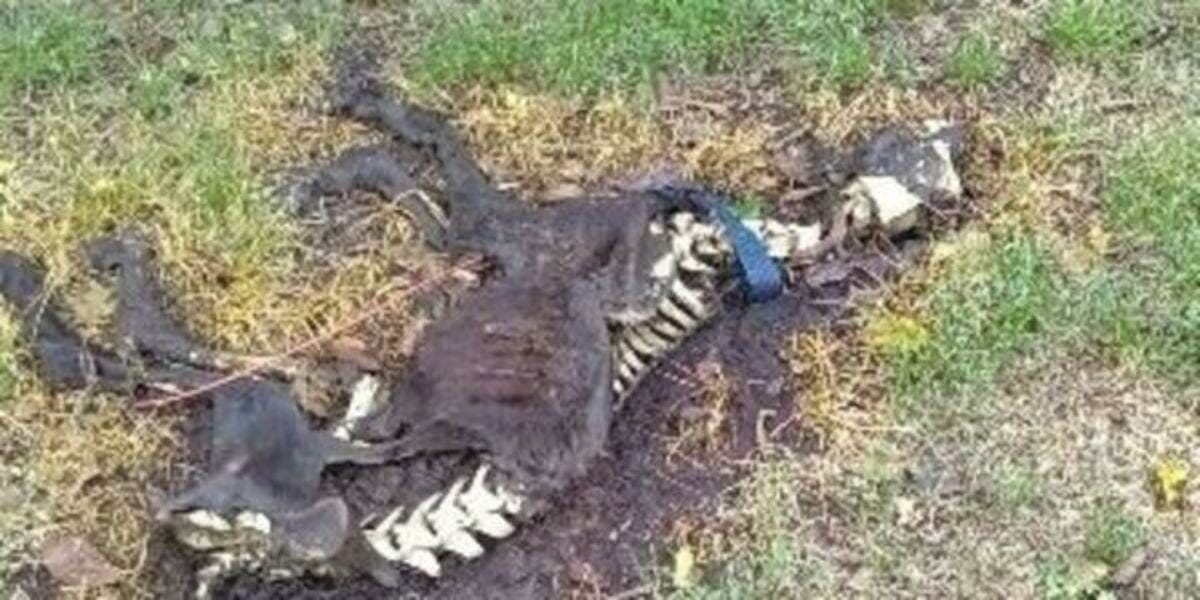
Effect of Burial Depth on Decomposition
The burial method and depth also influence the decomposition timeline, as they determine the accessibility of decomposing organisms to the dog’s body.
Surface Decomposition
If a dog’s body is left on the surface, it will be exposed to a wide range of decomposers, including bacteria, insects, scavengers, and other organisms. Surface decomposition tends to progress at a faster rate due to the immediate access these organisms have to the body.
Shallow Interment
In shallow burial, where the dog’s body is buried close to the surface, decomposition still occurs relatively rapidly. The proximity to the surface allows for easier access for decomposers, further accelerating the breakdown of tissues.
Deep Burial
Deep burial slows down the decomposition process significantly. The depth restricts the access of bacteria, insects, and other decomposers to the body, ultimately lengthening the amount of time it takes for the body to decompose. The decomposition process in deep burial is typically slower and more gradual compared to surface decomposition or shallow interment.
Role of Bacteria and Other Organisms
Bacteria and other organisms play essential roles in the decomposition process, aiding in the breakdown of the dog’s body and returning nutrients to the environment.
Internal Bacteria
Internal bacteria, present within the dog’s body at the time of death, contribute to the initial breakdown of tissues through enzymatic activity. These bacteria play a crucial role in kickstarting the decomposition process.
Invading Organisms
Insects, most notably flies and beetles, are responsible for laying eggs on the decomposing body. These eggs eventually hatch into larvae, such as maggots, which actively feed on the decomposing flesh. This process speeds up the decomposition process significantly.
Role of Decomposers
The overall breakdown and decomposition of a dog’s body is facilitated by a range of decomposers, including bacteria, fungi, insects, and scavengers. Each organism contributes in its own way to the breakdown of tissues, releasing nutrients back into the ecosystem.
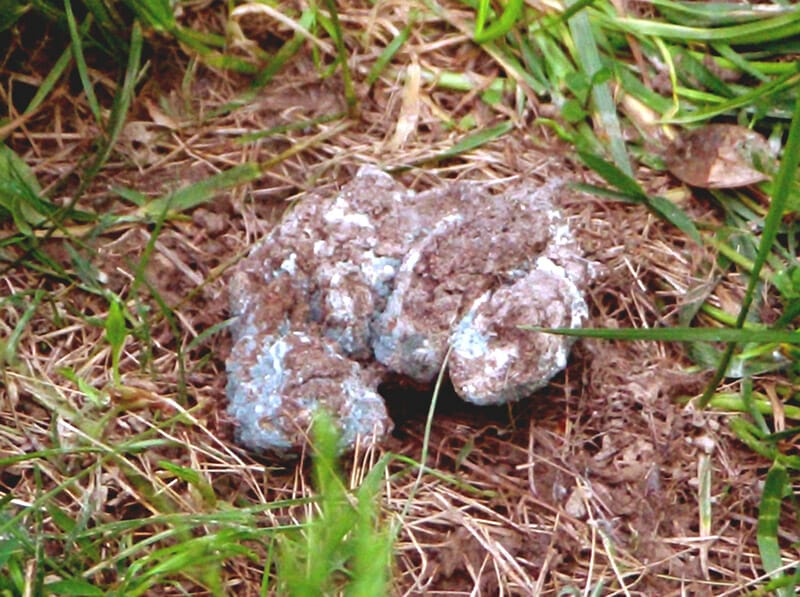
Impact of Decomposition on the Environment
The decomposition of a dog’s body can have various impacts on the environment, affecting soil, water quality, and the local ecosystem.
Soil Impact
Decomposition contributes to nutrient cycling in the soil, as the breakdown of organic matter releases essential nutrients. However, the decomposition process can also lead to changes in soil pH and nutrient levels, potentially influencing plant growth and overall soil health.
Water Quality
When decomposition occurs near bodies of water, there is a potential for nutrient runoff, which can impact water quality. Excess nutrients from the decomposing body can lead to algal blooms and oxygen depletion, harming aquatic ecosystems.
Effect on Local Ecosystem
The decomposition process plays a crucial role in the functioning of local ecosystems. Nutrients released during decomposition become available to other organisms, supporting their growth and survival. Additionally, decomposers themselves serve as a source of food for other animals, creating complex food webs.
Alternative Options to Burial
While burial is a common method for handling a deceased dog, there are alternative options that offer different environmental benefits.
Cremation
Cremation involves the complete incineration of the dog’s body, reducing it to ashes. This method does not contribute to soil impact or nutrient runoff, making it an environmentally neutral option. Additionally, cremation allows for easy transport of the remains or the option to scatter ashes in a meaningful location.
Biodegradable Boxes
Some pet owners choose to use biodegradable boxes or coffins made from natural materials for burial. These boxes break down over time, promoting the return of nutrients to the soil without causing long-term environmental impact.
Composting
Composting is a more sustainable alternative to traditional burial methods. The body is placed in a specifically designed composting system, where it undergoes controlled decomposition. This process creates nutrient-rich compost that can be used to fertilize plants and gardens.
Green Burials
Green burials involve burying the dog’s body in a designated green cemetery, where the emphasis is on minimizing environmental impact. The burial practices used in green cemeteries allow for natural decomposition and promote the regeneration of the surrounding ecosystem.
In conclusion, the decomposition timeline for a dog’s body can vary depending on factors such as size, weather conditions, burial method and depth, and the presence of decomposers. Understanding these factors and the processes involved in decomposition can help pet owners make informed decisions about handling the remains of their beloved pets. Additionally, exploring alternative options to traditional burial can provide environmentally friendly choices that align with our commitment to sustainability.
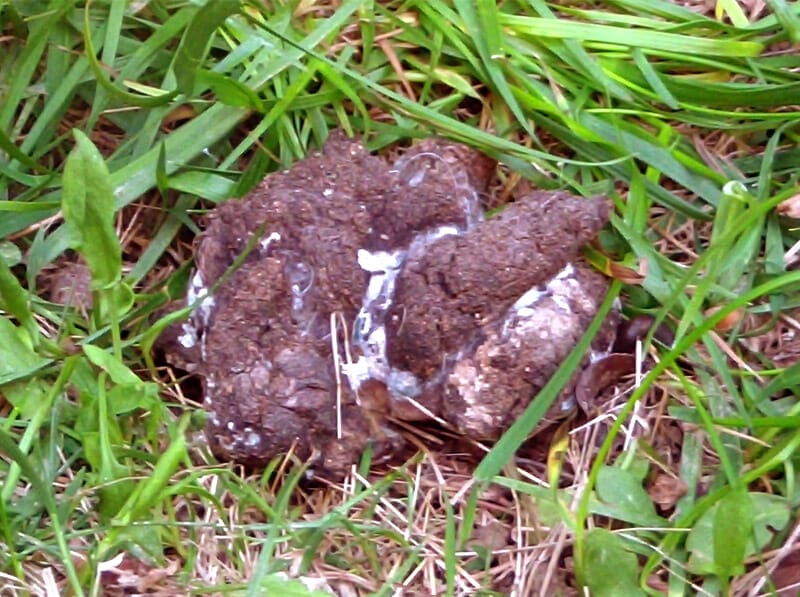

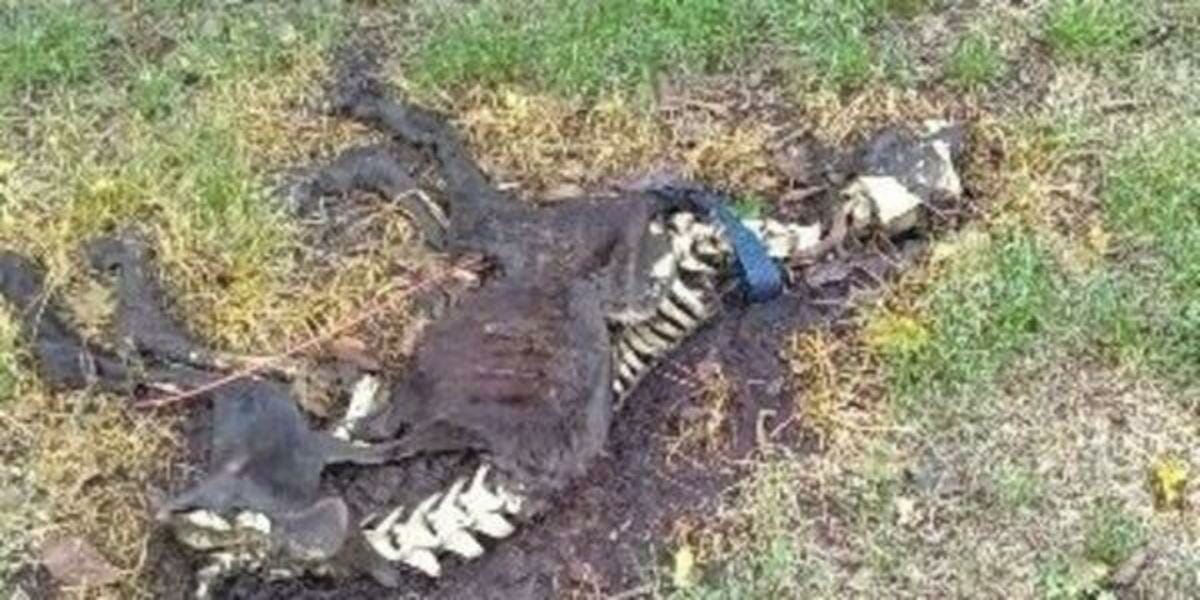
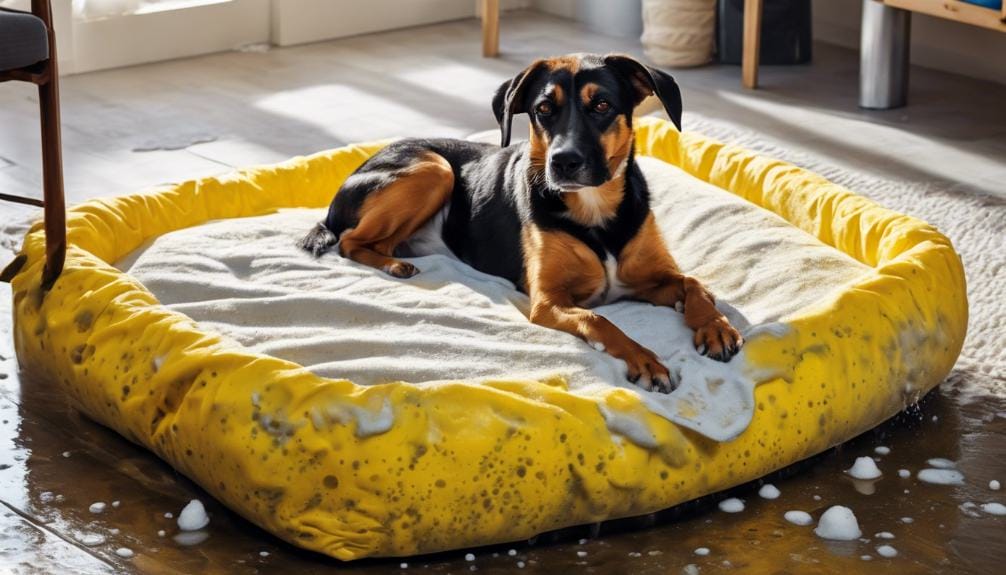
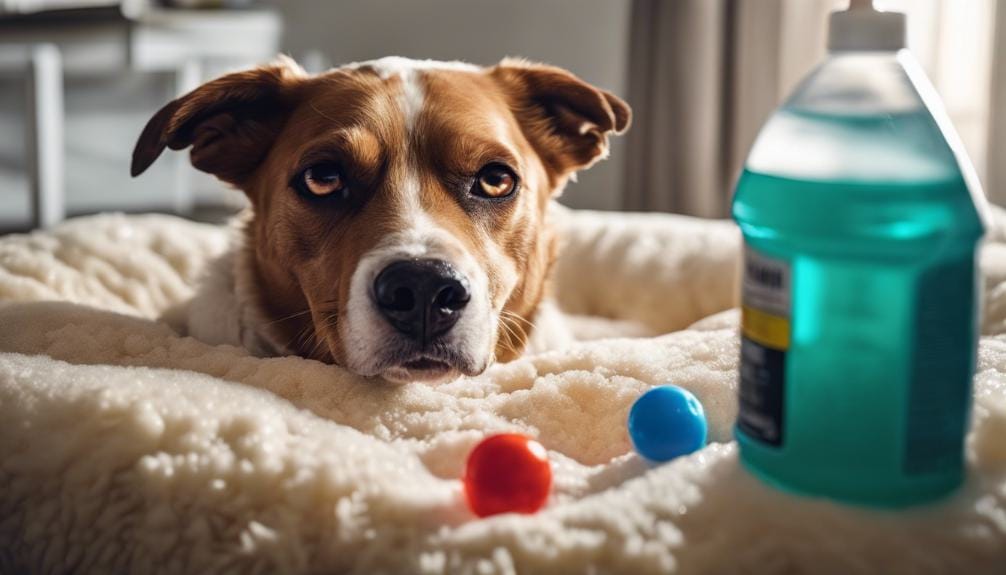

Leave a Reply
You must be logged in to post a comment.